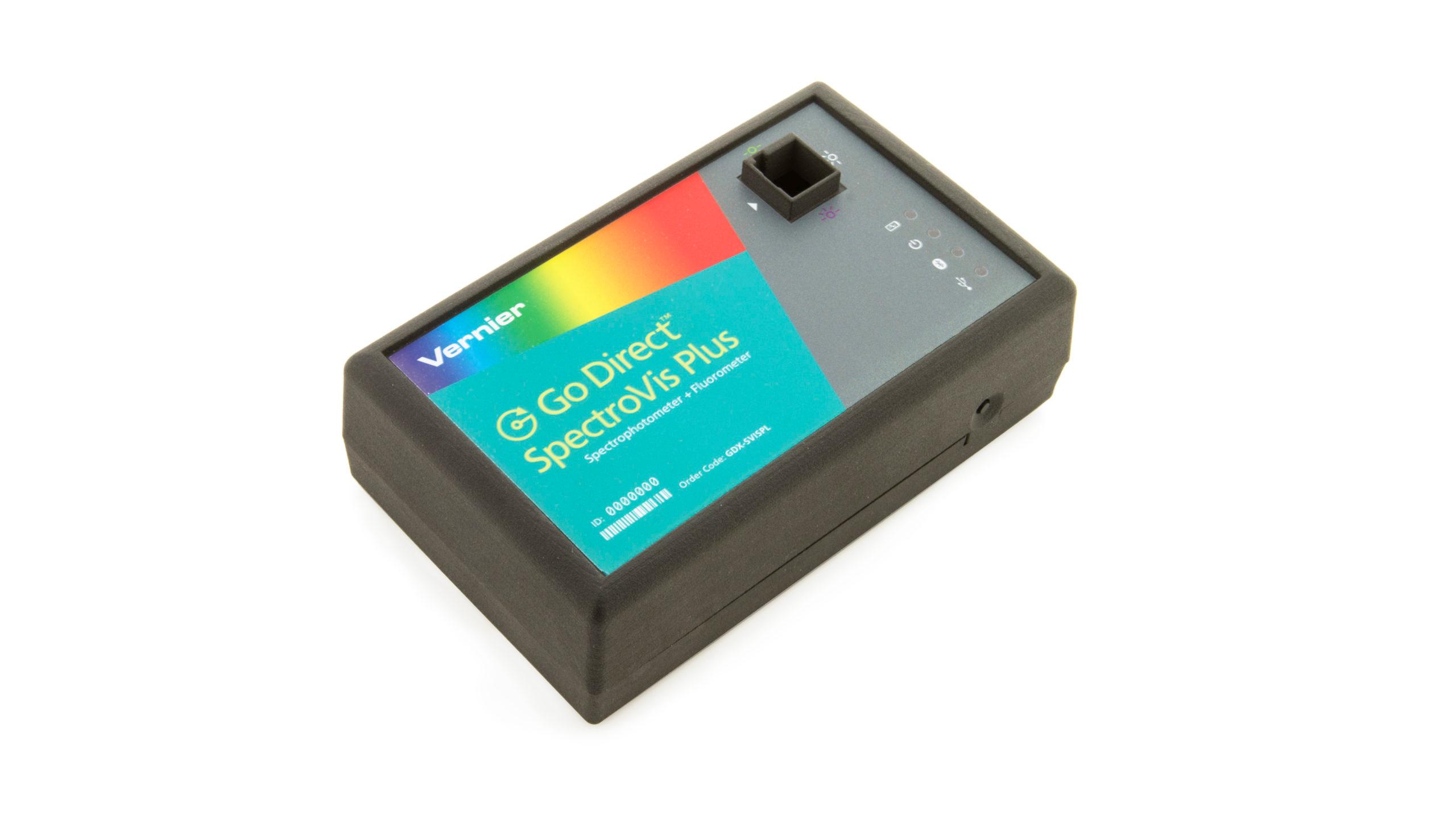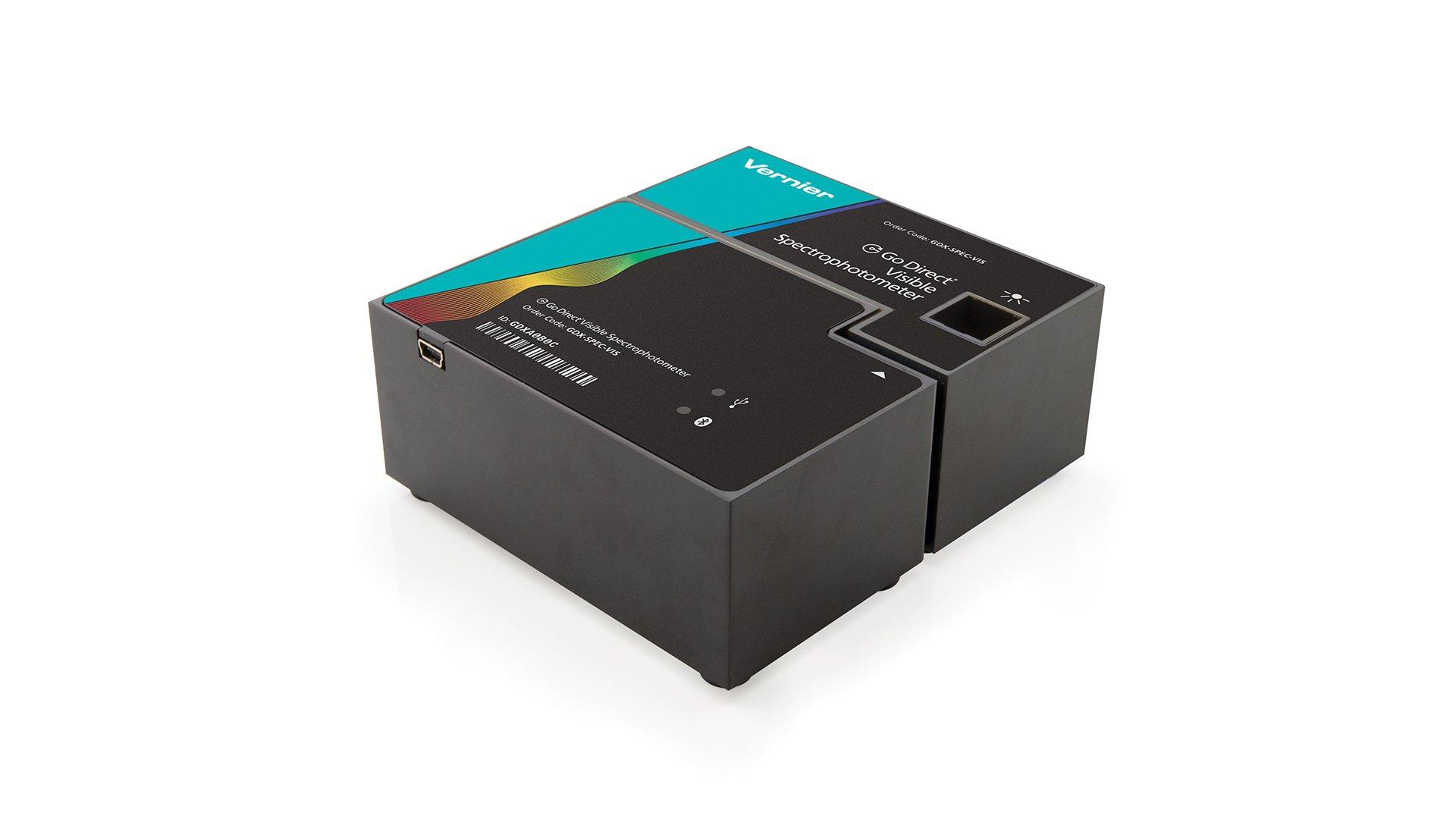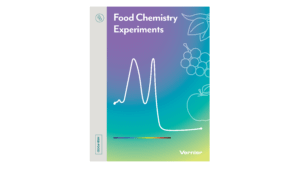Introduction
Carotenoids are fat-soluble pigments found in plants. We can’t synthesize carotenoids in our bodies; they can only be acquired from fruits and vegetables in our diet. In addition to being potent antioxidants some carotenoids also contribute to dietary vitamin A. Vitamin A is essential for normal growth and development, immune system function, and vision.
Carotenoids are divided into two groups: xanthophylls and carotenes. Xanthophylls contain oxygen; carotenes are hydrocarbons and contain no oxygen. The most common carotenoids include lycopene and a vitamin A precursor called β-carotene. These pigments absorb light between 400 nm and 550 nm and appear red, orange, or yellow to the eye. Carotenoids can also be found in spinach, but the characteristic carotenoid color is masked by the presence of chlorophyll. By extracting the pigments and analyzing the solution by spectroscopy, the different colors can be distinguished.
In this experiment, you will create solutions from carrots, spinach, and tomatoes. You will then use a spectrophotometer to analyze the resultant solutions to determine if carotenoids are present.
Objectives
- Extract carotenoids from carrots, spinach, and tomatoes.
- Observe the absorbance spectra for each of the solutions.
Sensors and Equipment
This experiment features the following sensors and equipment. Additional equipment may be required.
Ready to Experiment?
Ask an Expert
Get answers to your questions about how to teach this experiment with our support team.
- Call toll-free: 888-837-6437
- Chat with Us
- Email support@vernier.com
Purchase the Lab Book
This experiment is #10 of Food Chemistry Experiments. The experiment in the book includes student instructions as well as instructor information for set up, helpful hints, and sample graphs and data.



